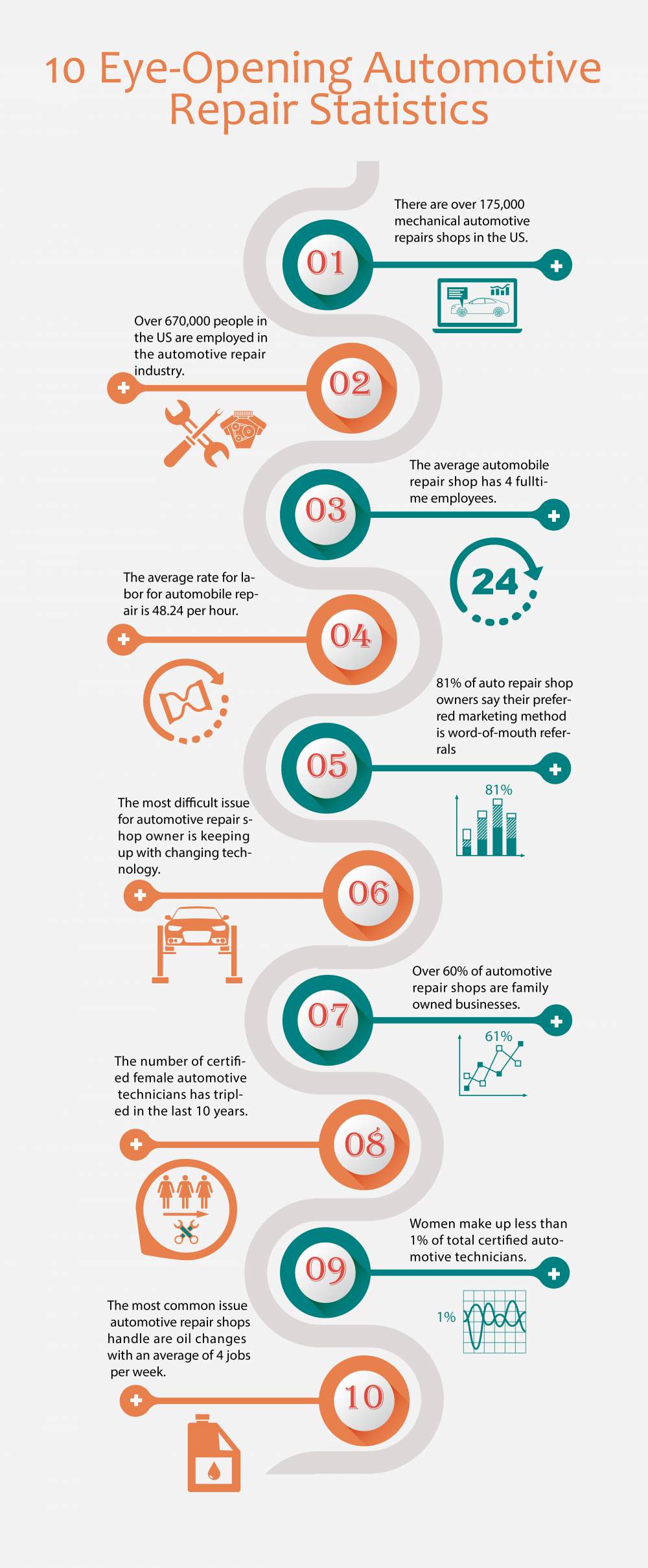Understanding Your Cars And Truck'S Caution Lights: What Do They Truly Mean?
Understanding Your Cars And Truck'S Caution Lights: What Do They Truly Mean?
Blog Article
Content Produce By-Vinson Torres
When you're behind the wheel, those beautiful caution lights on your control panel can be a little bit complicated. Do you know what they're trying to inform you concerning your cars and truck's wellness? Understanding the importance of these lights is essential for your security and the longevity of your vehicle. So, https://cruzneuke.onzeblog.com/29951227/an-organized-treatment-for-refreshing-and-protecting-the-inside-of-your-auto following time one of those lights pops up, wouldn't you want to decode its message properly and take the needed steps to resolve it?
Common Warning Lights and Interpretations
Identify usual caution lights in your car and comprehend their definitions to guarantee secure driving.
One of the most common warning lights consist of the check engine light, which signals concerns with the engine or exhausts system. If this light comes on, it's essential to have your automobile checked without delay.
The oil pressure advising light suggests reduced oil stress, needing prompt interest to avoid engine damages.
A blinking battery light might recommend a faulty billing system, possibly leaving you stranded if not addressed.
The tire stress monitoring system (TPMS) light informs you to reduced tire pressure, influencing lorry stability and fuel performance. Overlooking this could result in harmful driving problems.
The abdominal light suggests a problem with the anti-lock braking system, endangering your ability to stop rapidly in emergency situations.
Last but not least, the coolant temperature alerting light warns of engine getting too hot, which can cause severe damage otherwise resolved promptly.
Comprehending these common caution lights will assist you deal with problems immediately and keep secure driving problems.
Relevance of Prompt Attention
Understanding the usual warning lights in your automobile is only the first step; the significance of without delay addressing these warnings can not be stressed sufficient to ensure your security when driving.
When a caution light illuminates on your control panel, it's your auto's method of communicating a potential concern that requires focus. Disregarding these cautions can lead to more serious problems down the road, endangering your safety and possibly costing you more in repairs.
Motivate focus to warning lights can stop malfunctions and mishaps. As an example, a blinking check engine light might indicate a misfire that, if left ignored, could create damages to the catalytic converter. Resolving this without delay can save you from a costly fixing.
Similarly, please click the next internet page alerting light may indicate low brake fluid or used brake pads, essential components for your safety and security when driving.
Do It Yourself Troubleshooting Tips
If you see a caution light on your dashboard, there are a couple of DIY repairing ideas you can attempt before looking for professional aid.
The first step is to consult your vehicle's handbook to comprehend what the certain warning light shows. Occasionally the problem can be as basic as a loosened gas cap activating the check engine light. Tightening up the gas cap may resolve the problem.
An additional common concern is a reduced battery, which can trigger various warning lights. Examining the battery connections for rust and guaranteeing they're safe and secure could fix the issue.
If a warning light persists, you can attempt resetting it by disconnecting the vehicle's battery for a couple of mins and then reconnecting it. In addition, checking your vehicle's liquid levels, such as oil, coolant, and brake liquid, can aid fix cautioning lights associated with these systems.
Conclusion
Finally, understanding your auto's warning lights is necessary for maintaining your car running efficiently and securely. By immediately dealing with these notifies and knowing what they suggest, you can avoid costly repair work and prospective malfunctions.
Bear in mind to consult your car's guidebook for certain details on each warning light and act accordingly to make sure a trouble-free driving experience.
Keep informed, remain secure on the road!
